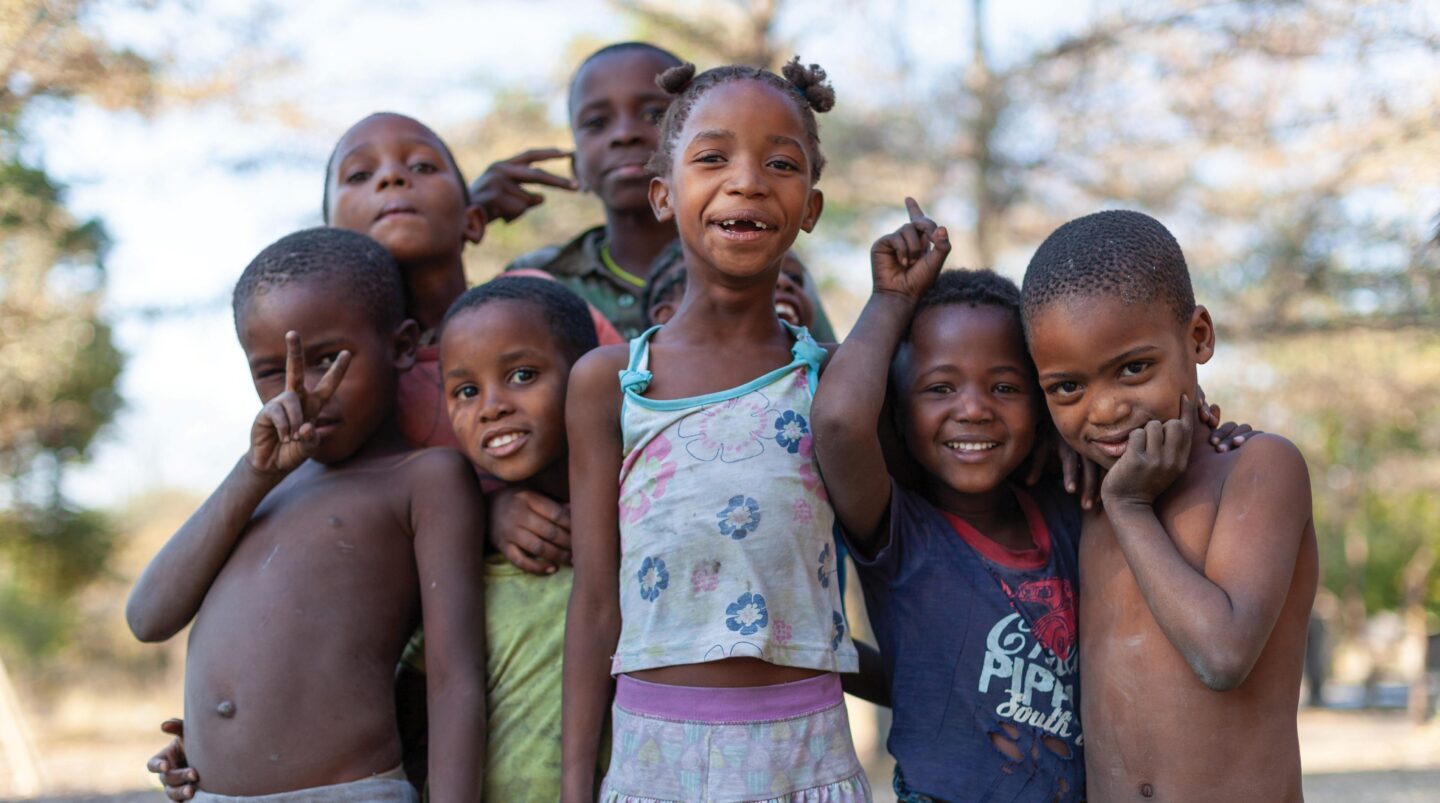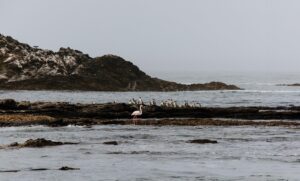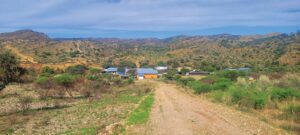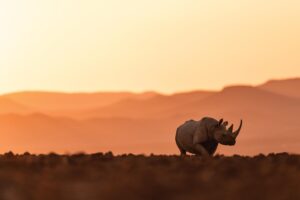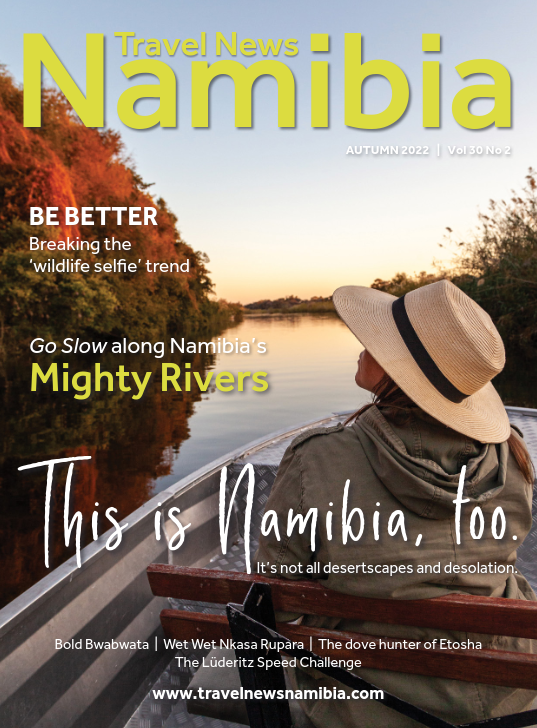
The car is packed, the rooftop tent strapped and you bought more snacks than you should have for the nine or so hour drive to Bwabwata National Park from Windhoek. It’s a long haul north, but now you have hit the sharp right turn, leaving Rundu in your rearview mirror. Each tree is starting to look greener than the one before as you cruise alongside the Okavango River, keeping a keen eye open for the entrance to your accommodation.
Found it! Hopefully taking the correct turnoff and onto the winding soft sand road that leads you to the lovely riverside lodge you booked for that relaxing break you really needed. Tracking through dense vegetation and then flood plains, local wood carvings and miniature mokoros (traditional dugout canoes) of all sizes will be on display with hand-woven baskets for you to purchase. Do not be fooled if you do not see anyone standing next to the merchandise: once you stop, locals will come running from the cool shadows cast by the surrounding trees ready to do business. Most likely English is not their first language, which could hinder communication slightly. Be patient as they try their best to sell you some of their handcrafted goods. As for getting any change due to you, forget about it!
Passing the gates, the excitement kicks in a little more. As you stop in front of reception and exit the car, you give one of those long full body stretches to signify how grateful you are that you finally made it after a long drive. On your way in, the sounds of hippos draw you to the river where you are welcomed to magical lush surroundings. Looking across the river to see if you can spot some wildlife, you detect a moving shadow but “damn, I left the binoculars in the car!” All booked in, the only logical thing to do next is to have a quick beer before you set up camp. But only one beer! Just enough to give you the energy to unpack and start a fire for the blissful evening you have been waiting for.
Sleeping in is not an option with nature’s alarm clock of hippos splashing and grunting in the water and various birds having their raucous morning conversation right above your tent. But why would you sleep late when you can book a boat and go tiger fishing or take the opportunity to tick-off wildlife spotting. The more well-known animals such as elephants, lions, crocodiles, buffaloes and hippos, as well as some of their friends like red lechwe, sitatunga and reedbuck. Hippos are a given but when taking that boat ride keep a vigilant eye on the river’s banks for any sunbathing crocodiles.
While navigating through Bwabwata National Park, be aware of which area you are in. Bwabwata is made up of three protected Core Areas. The Buffalo Core Area is along the east bank of the Okavango River, while the Mahango Core Area is on the opposite bank of the river. Along the eastern end of the park, hugging the Kwando River, is the Kwando Core Area, famous for the horseshoe bend of the river, where hundreds of elephants can be seen during certain times of the year. Bwabwata is overseen by a co-management system between the Ministry of Environment, Forestry and Tourism, resident communities and conservancies such as the Kwando Conservancy and the Mayuni Conservancy. The collaboration has the coherent aim to ensure a more harmonious ecosystem where the quality of life is more substantial for all entities.
As abundant as Bwabwata National Park is, it is also part of a much larger conservation effort that extends across our neighbouring countries – Angola, Botswana, Zambia and Zimbabwe. The Kavango Zambezi Transfrontier Conservation Area (KAZA TFCA) protects numerous national parks, game reserves, community conservation areas, forest reserves and iconic tourism destinations. The most popular destinations are Victoria Falls (Zimbabwe) and the Okavango Delta (Botswana).
Bwabwata National Park forms a gateway to discover more of Southern Africa’s wonders. Truly a destination for you to add to your “Must Visit” list. As much as the diverse wildlife and luscious landscapes that there are to see, there is also valuable knowledge about history and conservation stories to discover. TNN
BWABWATA NATIONAL PARK FUN FACTS:
Proclamation date: 2007
Size: approximately 6 100 km²
Number of permanent rivers: two
Dry Season: April – October
Rainy Season: November – March
Rainfall: 550–600 mm per year
Average monthly temperature: 30°C
Malaria: high-risk area, prophylaxis is recommended.

